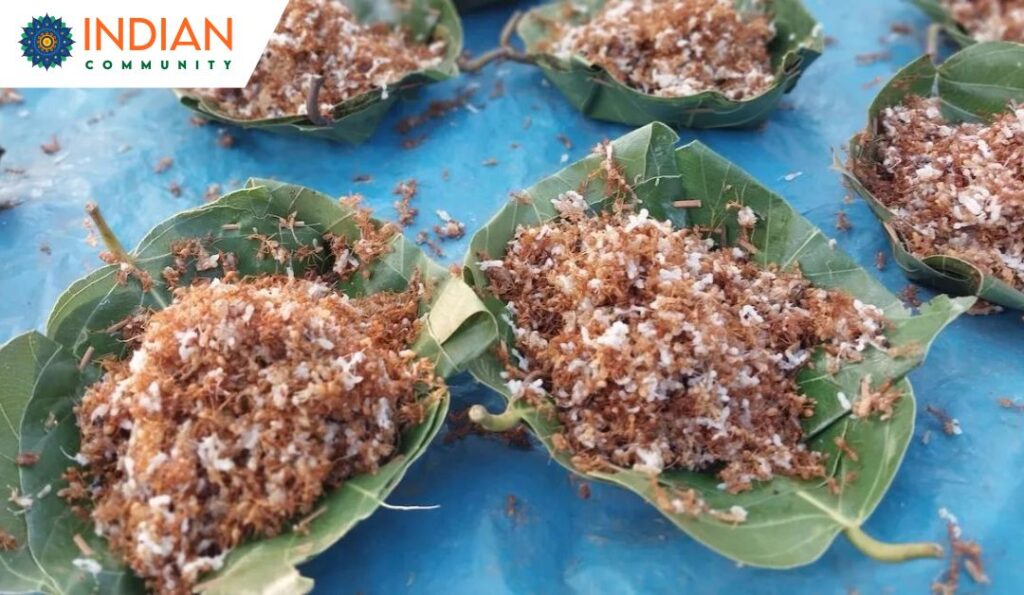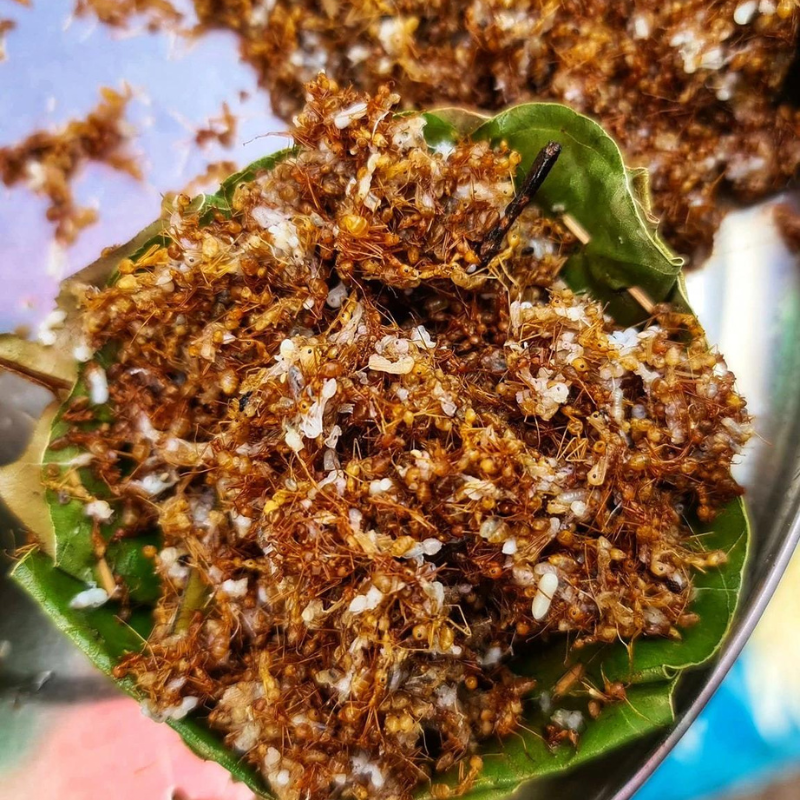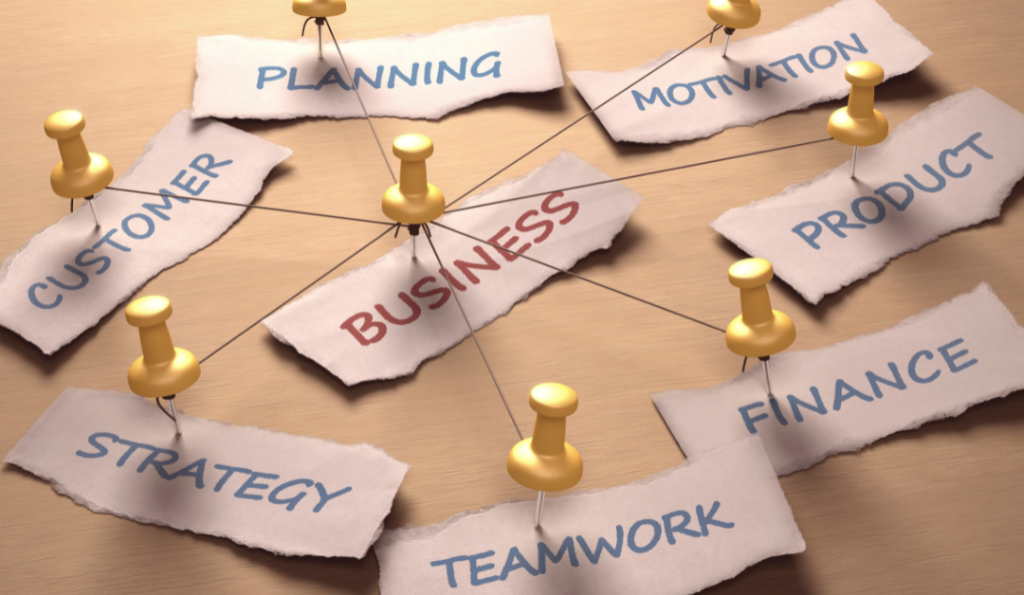Red Ant Chutney: A Culinary Treasure from Odisha

Red ant chutney, locally known as “Kai Chutney,” is a traditional dish from the tribal communities of Mayurbhanj, Odisha. Recently granted a Geographical Indication (GI) tag, this unique chutney is made from red ants and their eggs. Known for its tangy flavor, it is more than just a delicacy; it carries significant cultural and medicinal value. The chutney is believed to boost immunity and has been used traditionally to treat ailments like cough and fever.
The GI tag not only recognizes the distinctiveness of this dish but also highlights the rich cultural heritage of Odisha’s tribal communities. By protecting and promoting Kai Chutney, there’s hope to preserve this age-old tradition and bring attention to the diverse culinary practices of India’s indigenous populations.
This recognition of Kai Chutney is a reminder of the importance of sustaining and celebrating regional food traditions that are often overshadowed by mainstream cuisine. As more people become aware of such unique foods, it opens up opportunities for cultural exchange and culinary exploration, fostering a deeper appreciation for the diversity that exists within Indian cuisine.
Red ant chutney to break a fever

The Odisha University of Agriculture & Technology (OUAT) in Baripada, Mayurbhanj, has been working to secure a Geographical Indication (GI) tag for red ant chutney for several years. This dish, popular among the 24 tribes in the region, including the Santhal tribe, is known for its health benefits, particularly in boosting immunity. Mohanty, an expert in local cuisine, recalls its medicinal use during his childhood and describes the chutney’s preparation, which includes ingredients like small chilies, garlic, coriander, and the larvae of red ants, known locally as “bhato” for their rice-like appearance.
Weaver red ants, typically found on large trees like mango and jackfruit, are collected by tribes such as the Mankadia, who are skilled tree climbers. The process involves taking down ant nests, which is a challenging task as it often results in ant bites. The collected ants are then sold in local markets. Susanta Dalai, an expert on uncultivated forest foods, notes that while red ants are gathered across Odisha, Mayurbhanj is particularly known for this practice.
Brining tribal staples to the masses

Cuttack-based chef Rachit Kirteeman, who has 15 years of experience in the food industry, has noticed a rising interest in the Geographical Indication (GI) tag. Although Mayurbhanj’s red ant chutney now carries this tag, Kirteeman points out that more people in places like Bastar and Chhattisgarh consume it. He has worked to bring tribal foods into the spotlight, including through pop-up events like “Odisha Table” in Kolkata. Kirteeman also highlights the lack of documentation on Odisha’s tribal cuisine and suggests promoting it in major cities across India.
A note of caution
Cuttack-based chef Rachit Kirteeman, who has 15 years of experience in the food industry, has noticed a rising interest in the Geographical Indication (GI) tag. Although Mayurbhanj’s red ant chutney now carries this tag, Kirteeman points out that more people in places like Bastar and Chhattisgarh consume it. He has worked to bring tribal foods into the spotlight, including through pop-up events like “Odisha Table” in Kolkata. Kirteeman also highlights the lack of documentation on Odisha’s tribal cuisine and suggests promoting it in major cities across India.







Responses